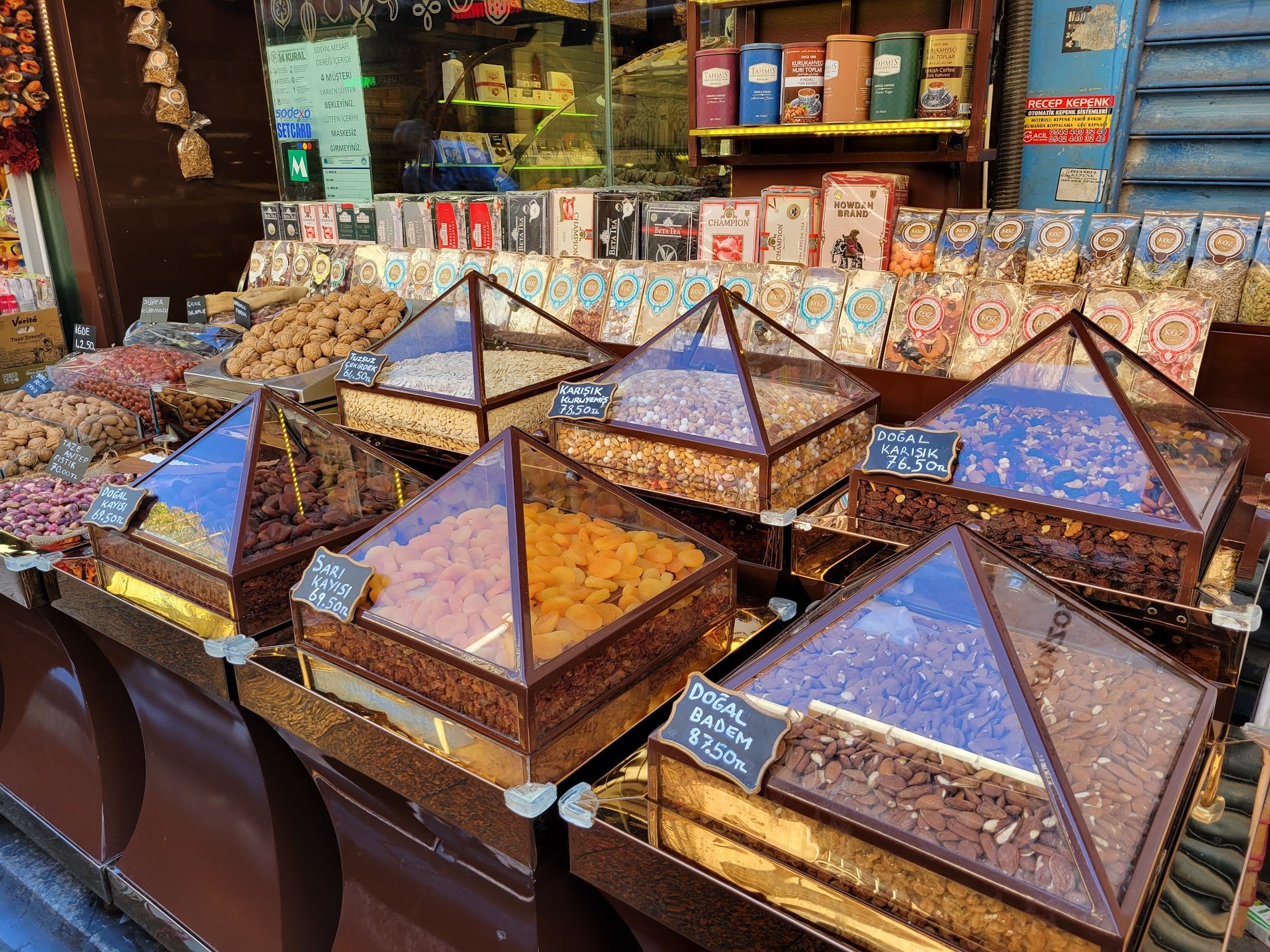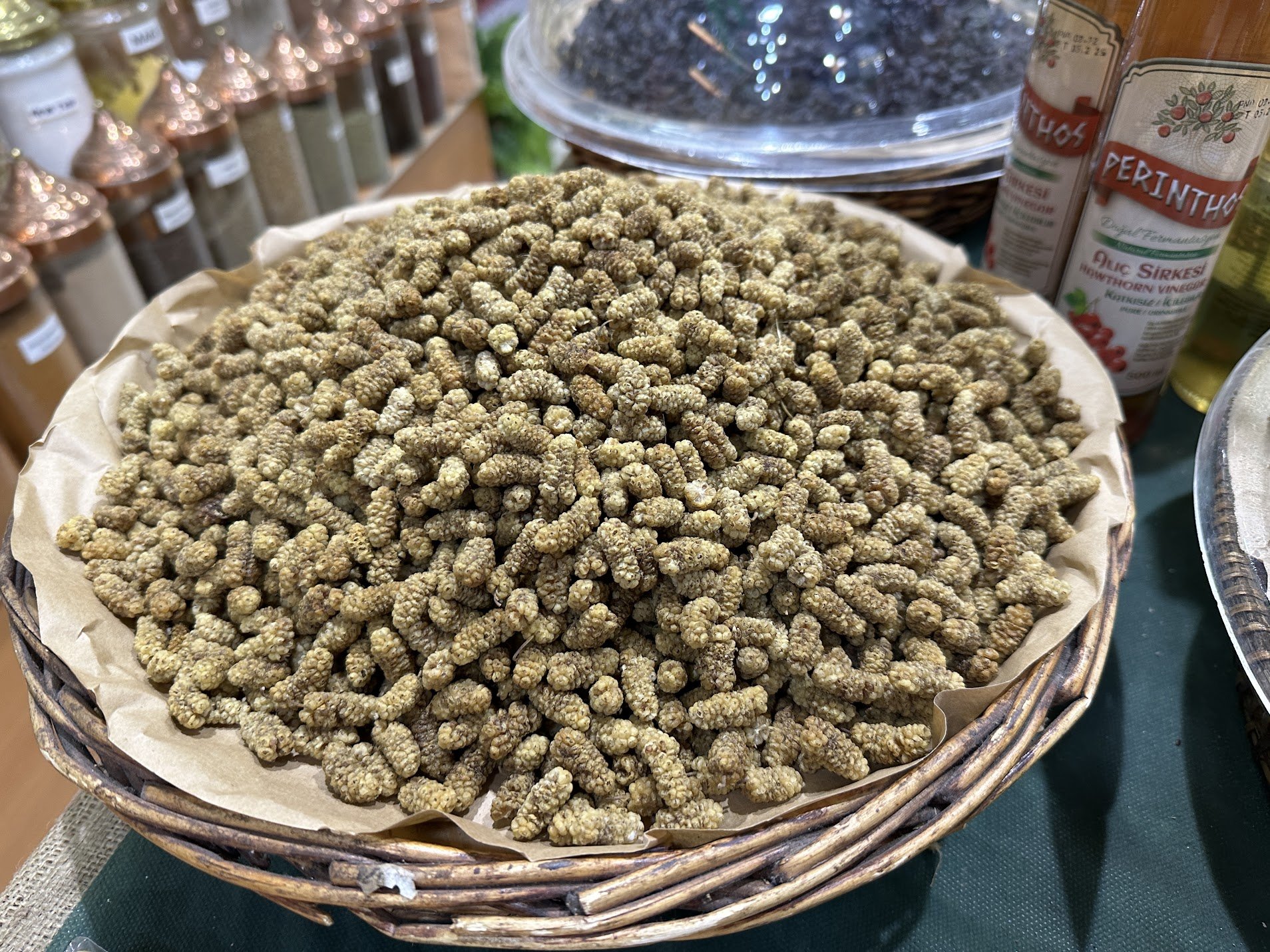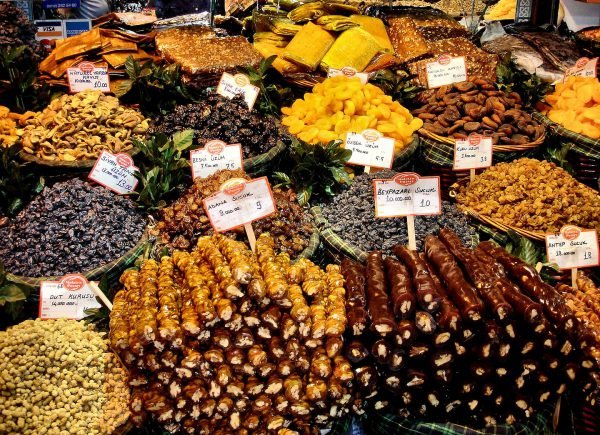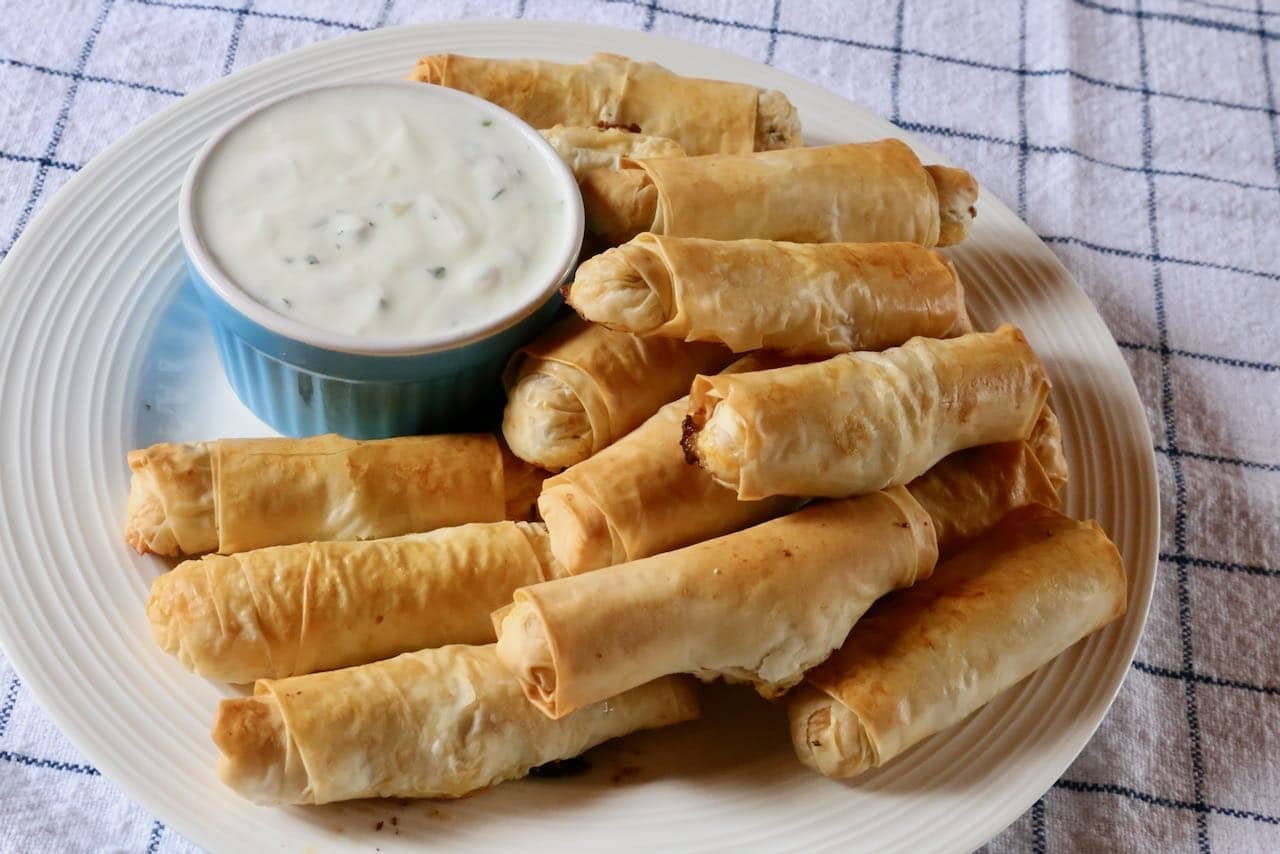Let’s Talk About Food
Over the past few weeks, I have been thinking a lot about what it means to share a meal with someone. I’ve been back in the US now for nearly a month and have visited with dear friends and family from Northern California to Alaska.
I have prepared meals for some and sat down at other peoples tables. We’ve met over lattes and quiche at the coffeeshop, and shakshuka at the cafe. I’ve sat with both people I know well and love, as well as with others I barely know at all. It is the food on the table that brings us together — it can shift the dynamic, lighten the mood, and strengthen the bonds that we are creating. Regardless of whether we eat pasta cooked from scratch or tuck into a frozen pizza, there is always connection to be found around the table.
In Turkey, we shared food we’d never seen before with people we barely knew. Turkish food is somewhat difficult to quantify. You have what appears to be Greek meze stuffed grape leaves, hummus and grain pilafs, and sweet items like baklava. You have Mediterranean tomatoes, olives and olive oils, sumac, mint and parsley, and all the other Mediterranean herbs and spices, along with Asian influences like fermented yogurts and vegetables such as Japanese eggplants, sesame oil and seeds. It’s a fascinating combination of flavors and we found each new day brought a whole new experience. Food was an adventure in and of itself.
Most Turkish breakfasts start with tea. A traditional Turkish breakfast includes white cheese - which is quite similar to feta, soft white bread, hard cheeses known as kaşar peyniri, honey, butter, jam, boiled eggs or an omelette, all of which is served with tomatoes, olives and cucumber. And then there’s Kahvalti. This literally means “before coffee” and it is a “continental breakfast” to beat all. The Kahvalti includes dozens of little dishes from fresh sliced tomatoes, olives, cucumbers, and cheese, kaymak (clotted cream) and honey. It can include small börek (phyllo pastry) or simit (something reminiscent of a sesame bagel). Coffee or kahve typically isn’t served until the meal is finished.
“Breakfast” Börek
I developed a love of Börek and I’m not embarrassed to say I’ve probably sampled dozens of them. The most popular Turkish Börek is a cheese version that people eat for breakfast. One morning we found a Börek place that served it fresh from the pan with a poached egg on top! We named it “Breakfast Börek” and looked for it every morning thereafter. Börek can be sweet or savory and comes in every conceivable shape. It can be layered like lasagna, served as puffs or rolled like cigars. It can be found as small individual pastries or as a whole in a sheet pan. The light chewy dough encompasses either cheese or a meat filling that is flavored with delicate herbs and topped with toasted black sesame seeds. It never disappoints.
Looks good, taste bad.
We often skipped a sit down lunch preferring instead to sample the street food. Food carts are literally everywhere and street food is plentiful. Pretty much anywhere you stroll you will see signs for Kokoreç. We learned that this is a marinated dish, made with either lamb or goat intestines that are then wrapped around seasoned offal. It looks like a sort of sausage-shaped meat and it is grilled and then chopped into smaller pieces. They then sprinkle it with salt, oregano or some spicy chiles before stuffing into soft white bread which makes it a portable snack. It looks really good when strolling along hungry…however it’s definitely not one of my favorite takeouts!
We did, however, eat a lot of Dürüm (roll). This is one of those Turkish dishes that you will find on both food carts and also fine dining tables. In restaurants Dürüm is served with a side salad. These salads are typically what you might expect - the only notable difference being that it would always include corn! Dürüm is a beautiful folded sandwich and comes in vegan, vegetarian and meat-lovers versions. It is normally some sort of meat and vegetables rolled inside a thin bread called lavaş (lavash). The bread or lavash must be sturdy and thick enough to contain all the dripping juicy bits, but be light and chewy as well.
Besides the more common kebabs and kofte (meatballs) which are always accompanied by a whole, slender grilled pepper, most of the lunches we shared with others started with soup and small mezes. Our favorites include the Mücver (zucchini fritter) which can be eaten warm or cold, and also Mercimek çorbasi (lentil soup). This is a simple soup that is a made with homemade stock and pureed lentils flavored with fresh herbs and spices. The soup is served with garnishes of cilantro, and fresh lemon and eaten with fabulous soft, fresh pita bread.
Döners (rotary) are basically a sandwich made with beautifully slow-cooked chicken, pork or beef also from an upright rotisserie. They are slow-cooked and the marinated meats drip with flavor. Served in a soft pita wrap along with vegetables, pickles and a yogurt sauce this is also a super tasty treat.
Pide refers to a type of boat-shaped Turkish flatbread that’s baked in a brick or stone oven. Sometimes referred to as Turkish pizza, it can be topped with any number of ingredients like cheese, onion, spinach, pepper, tomato, sucuk (spicy Turkish sausage), or simply butter and egg.
Manti (Turkish Ravioli) is another traditional Turkish food. We first encountered it at a classy rooftop restaurant in Kalkan. The waiter discouraged me from ordering it -saying most tourists think the description sounds good but when they taste it they don’t like it and never eat it. Naturally, you know me - challenge accepted! And OMG - it was amazing! I practically licked the plate clean. We ordered it again and again in lots of other places along the way but never quite found another one as outstanding as that first time. Even still it’s one of my go-to meals when on the hunt for dinner.
Manti is made with more of a dough than a pasta and can be stuffed with ground lamb or beef (known simply as ‘meat’ in Turkey), or spinach and cheese. It is served with cold garlic yogurt, a drizzle of spicy tomato sauce, with mint and chili flakes sprinkled on top. It may sound weird - but trust me, you want it!
With the country ranking first in the world in terms of dried fruit production and exportation, I’d be remiss not to mention the Turks’ love of dried fruit and nuts (kuruyemiş). A large number of hazelnuts are produced in the Black Sea region while southeastern Turkey is known for its apricots and pistachios. Dried apricots are everywhere and I suspect the climate is the reason that Turkish apricots are sweeter compared to those that are grown elsewhere in the world. Turkey is also the number one producer of dried figs (75%) as well as the sultana raisin. Most of these fruits are sun-dried for seven to eight days which brings about a softer more flavorful product. Dried white mulberries (Dut Kurusu) are another unique and delicious treat we found in Turkey. I’m not sure I’ve ever actually eaten a fresh one but the dried ones are fantastic. They look like little squishy bee hives and they’re chewy and sweet and a fabulous addition to yogurt, sprinkled into a handful of nuts or snacked on straight out of the bag.





Overall, I found Turkish cuisine to be very meat heavy - with lamb, beef and sausage featuring prominently. But eggplant, cabbage, purslane, chickpeas, fava beans, and squash are also prevalent. Loads of parsley and mint flavor most dishes accompanied by a combination of other spices I’ve yet to distinguish.
More recently my senses have been bombarded with smells and flavors I can discern and which bring me a sense of belonging. My final few days in the US are upon me and I find myself reliving some of the conversations I had recently with people I see but once each year on Thanksgiving day. These connections have been built annually (for 30+ years) over this one shared dinner. They feel reassuring and comforting.
Our family tradition is actually not one, but an entire week of shared meals. The preparation as much a part as the food itself. It’s about the connection. Sharing it is at the very center of all of my relationships. It is a fundamental component to both my physical and emotional well-being. I savor not only the flavors on my plate, but also the bonds that we are creating. These culinary memories are precious.
Tuesday is Spaghetti Night
Blog footnote:
Photo captions may not appear if reading on a cell phone.
If you are having difficulty commenting, try ‘comment as a guest’ and include your email address (no url necessary).





















